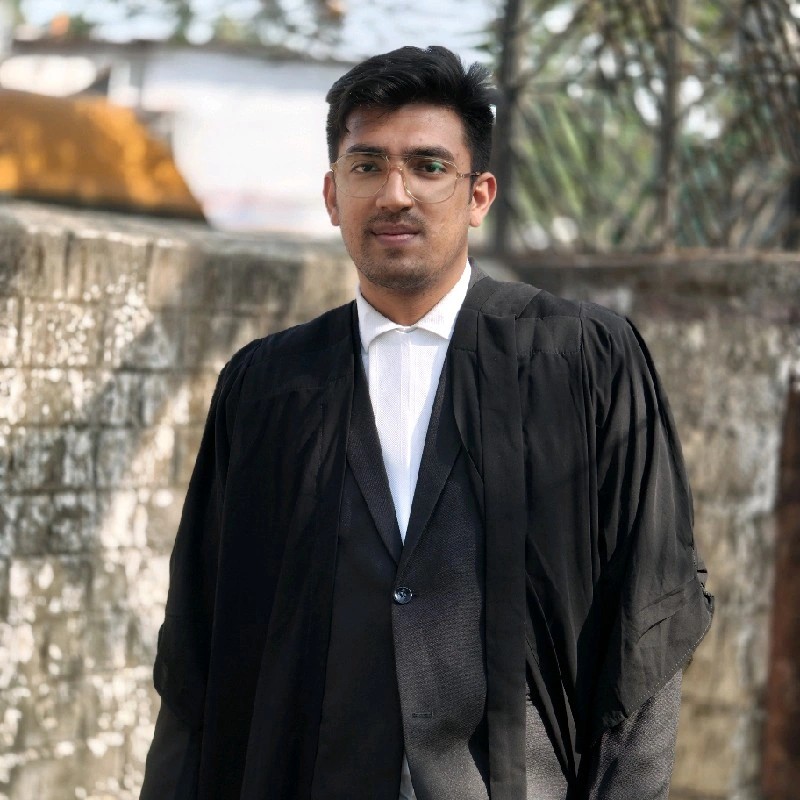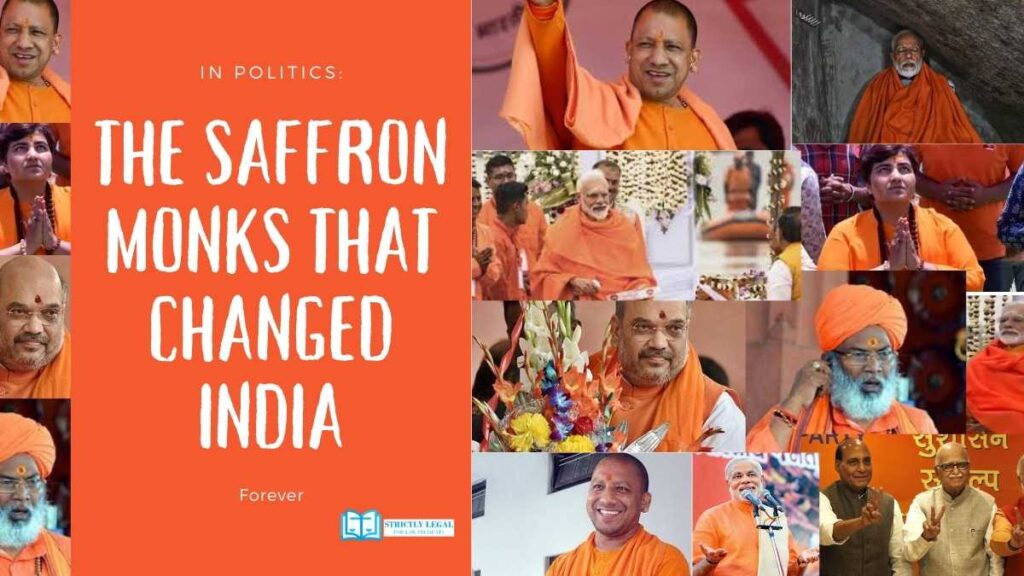The 2014 general elections were held in nine phases from 7th April to 12th May and the Bharatiya Janata Party with the people’s mandate won 282 seats making it the first-ever non-congress political party to form a government with an absolute majority.
Narendra Modi in a series of tweets congratulated the people stating that “India has Won” and that the “Good days are coming”. The Hindu Nationalist group Rashtriya Swayamsevak Sangh who had a major role in PM Narendra Modi’s winning the 2014 elections assured that they would not interfere into running the government and that a remote control Prime Minister is not good for democracy. Now that their alumnus is a Prime Minister, they would only assist when called upon to do so.
The Bharatiya Janata Party had won the world’s largest election with unprecedented results and there was a light of hope with every citizen. The Indian National Congress had left a corrupt, scam laden country and the people of the largest democracy were excited for the change. This was not easy though, Narendra Modi, the three times chief minister of Gujarat, a 72 year old trying to connect with the nation’s youth while trying to take a run from regional politics to national politics for the Prime Minister’s post especially with tainted hands that link him to the Gujarat 2002 riots. But his remarkable marketing campaign of “Abki Bar Modi Sarkar” is now an elite example of what a marketing team can achieve.
The BJP’s elite candidate and now the world’s largest democracy’s 15th Prime Minister assumed office on the 27th May, 2014. He inherited a country with a much stronger economy than what it was after independence, a functional democracy and a nation with growing number of youth with entrepreneurial zeal which can compete with the best in the world.
The people of this country had a change after almost 60 years. The promises that the BJP’s 2014 manifesto “Ek Bharat – Shreshtha Bharat” made were very appealing. It outlines what the political front of this magnanimous party with absolute majority at the parliament would want to achieve in the coming years.
It specifically mentioned the price rise (inflation) issues, corruption, social reforms, uniform civil code and most importantly the construction of the Ram Mandir at the disputed plot at that time in their speeches and public announcements.
“Change is the law of life. And those who look only to the past or the present are certain to miss the future.” ― John F. Kennedy
And with the absolute majority, the promises now had to be fulfilled. The biggest among them being the development of India as a global superpower, one that the world respects and one that the people can be proud of. The BJP and its affiliate organizations, notably the RSS, began to systematically dismantle the remnants of a secular and socialist political framework, replacing it with a Hindu nationalist agenda. This new wave of governance brought with it a series of economic and social reforms that were both praised and criticized.
The demonetization of 2016, for instance, was a shock to the system, a move intended to curb black money and counterfeit currency. While many praised the government’s decisive action, it was seen by critics as a harsh and poorly executed policy that disproportionately affected the poor and informal sector. Similarly, the implementation of the Goods and Services Tax (GST) aimed to create a unified national market but was met with confusion and resistance from small business owners who struggled to adapt to the complex new tax regime.
Beyond economics, the social landscape of India began to shift. The BJP’s commitment to its core ideology became more visible, particularly with the push for a Uniform Civil Code and the construction of the Ram Mandir. These moves, while fulfilling long-standing promises to their voter base, also raised concerns about the erosion of India’s secular identity and the marginalization of minority communities. The Citizenship Amendment Act (CAA) further fueled these fears, with nationwide protests erupting against what was seen as a discriminatory law.
As the government celebrated its victories—from surgical strikes across the border to the abrogation of Article 370 in Jammu and Kashmir—a narrative of a strong and decisive India was promoted. The media landscape, once vibrant and diverse, seemed to fall in line, with many outlets becoming spokespersons for the government rather than its critics. The saffron-clad monks of the RSS, who had initially promised a hands-off approach, were now seen to be an integral part of the political machinery, influencing policies and public discourse.
The journey of the Saffron Monks from the periphery to the center of power was complete, their vision for a new India now a tangible reality. Yet, as the nation moved forward, the true cost of this transformation became a subject of intense debate. Was the ‘good’ in ‘good days’ measured by economic growth, or by the preservation of pluralism? Had the pursuit of a singular national identity come at the expense of its diverse soul? The question of what kind of India would emerge from this crucible of change, and what it would truly mean to have ‘won,’ was left not to the politicians, but to the conscience of its people.
The journey of the Saffron Monks from the sidelines to the center of power has indeed changed India forever, but whether for better or worse remained a question that each citizen had to answer for themselves.

Passionate about using the law to make a difference in people’s lives. An Advocate by profession.





